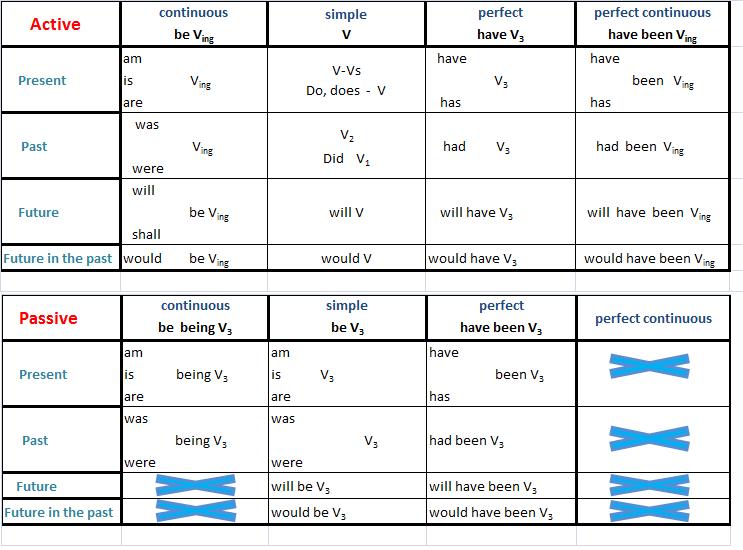
- •М.Н. Макеева, о.Н. Морозова, л.П. Циленко английский для бакалавров
- •Contents
- •Методическая записка
- •Innovation Issues
- •I send sms every day.
- •I am using Nick’s phone while mine is being charged.
- •I’m writing a message now.
- •You have to lock this door every evening at 20.00.
- •You don’t have to arrive before 9.00.
- •You mustn’t speak during working hours.
- •How do you define the term ‘Patent’? Would you like to be a patentee? If you were an inventor where would you apply to be granted? Can you list the items to become a patentee?
- •Have you done your project yet?
- •When did you do your project?
- •Part II Three items of technological innovation
- •I’ll deal with that later.
- •Greek soldiers pretended to make peace with their enemies.
- •Greek soldiers didn’t pretend to make peace with their enemies.
- •Did Greek soldiers pretend to make peace with their enemies?
- •1. In pairs or small groups match the part of the car with its function.
- •Lesson 6
- •Around 80% of the world's population enjoys mobile phone coverage as of 2006. This figure is expected to increase to 95% by the year 2011.
- •4. Match the abbreviation with English and Russian definitions.
- •Part III
- •Invention into reality
- •Five Key Factors To Consider About Your Invention
- •How To Think Up a Profitable Invention
- •Grammar reference
- •Present continuous
- •I'm not looking. My eyes are closed tightly
- •I'm looking for a new separate apartment.
- •I'm meeting him at 7.30;
- •Present simple
- •I think you are right. He doesn't want you to do it. Present simple or continuous
- •Past simple
- •I saw them in the street.
- •Past continuous
- •Past simple or continuous
- •Present perfect
- •I've never met Jim and Sally.
- •Present perfect continuous
- •I've been waiting for him for 30 minutes and he still hasn't arrived
- •Present Perfect or Past Simple
- •Future Going to
- •Will (shall)
- •I'll probably come back later.
- •The Passive
- •The imperative
- •Reported speech
- •I said I didn't want to go.
- •The first conditional
- •Second conditional
- •Third conditional
- •Used to
- •To be used to doing
- •To get used to doing
- •Asking questions 1
- •Asking questions 2
- •Question tags
- •Suppose
- •Prepositions – Time
- •Prepositions – Place (Position and Direction)
- •Other important Prepositions
- •Irregular verbs
- •47. Url : http://planetgreen.Discovery.Com/videos/dean-of-invention-car-that-folds-in-half.Html
- •Английский для бакалавров
Grammar reference
"-?"
"-?"
will v
shall
will
have
v3
shall
will
have
been
ving
shall

Present continuous
The present continuous is used to talk about present situations which we see as short-term or temporary. In these examples, the action is taking place at the time of speaking.
Who is Bob talking to on the phone?
I'm not looking. My eyes are closed tightly
In these examples, the action is true at the present time but we don't think it will be true in the long term.
I'm looking for a new separate apartment.
He's thinking about leaving his job.
They're considering making an appeal against the judgment.
In these examples, the action is at a definite point in the future and it has already been arranged.
I'm meeting him at 7.30;
They aren't arriving until Sunday.
We are having a special dinner at a top restaurant for all the senior managers. Isn't she coming to the dinner?
Present simple
We use the present simple to talk about actions we see as long term or permanent. It is a very common tense. Here, we are talking about regular actions or events.
They drive to the office every day.
He doesn't come here every day.
The news usually starts at 8.00 PM.
Do you usually have porridge and eggs for breakfast?
Here, we are talking about facts.
Water freezes at 0° C or 32° F.
What does his dead-pan expression mean?
The Tsna flows through Tambov.
Here, we are talking about future facts, usually found in a timetable or a chart.
Christmas Day falls on a Monday this year.
The plane leaves at 6.00 tomorrow morning.
The working day doesn't start at 5.00.
Here, we are talking about our thoughts and feelings at the time of speaking. Although these feelings can be short-term, we use the present simple and not the present continuous.
They don't ever agree with us.
I think you are right. He doesn't want you to do it. Present simple or continuous
The Present Simple is used for:
regular actions or events - He plays football most weekends.
facts - The sun rises in the east.
facts known about the future - We leave at 8.30 next Monday.
thoughts and feelings about the time of speaking - I don't feel very well.
The Present Continuous is used for:
the time of speaking ('now') - Shh, I'm trying to hear what they are saying .
things which are true at the moment but not always -We're looking for a new flat.
The present plans for the future - We're having dinner with them next week .
Look at these examples :
I don't usually have bacon for breakfast but I'm having some this morning
because there is nothing else.
I often cycle to work but I'm taking the taxi this morning
because it's raining very hard.
I'm thinking about having my hair cut short but
I don't think my husband will be very happy about it.
My parents live in Moscow but I'm just visiting.
Note how, in all these examples, we use the present continuous to talk about events which are temporary/limited in time and the present simple to talk about events which are habits/permanent.
